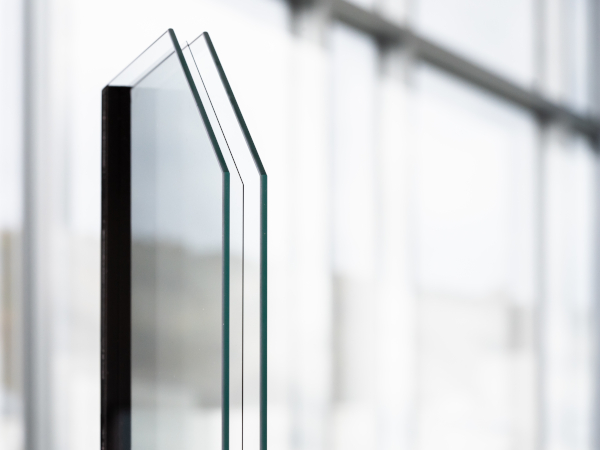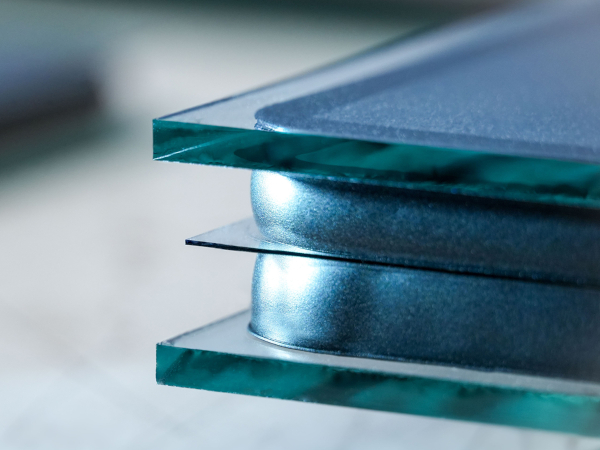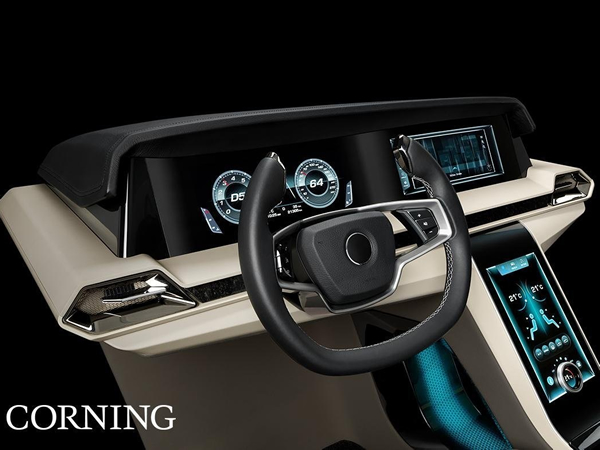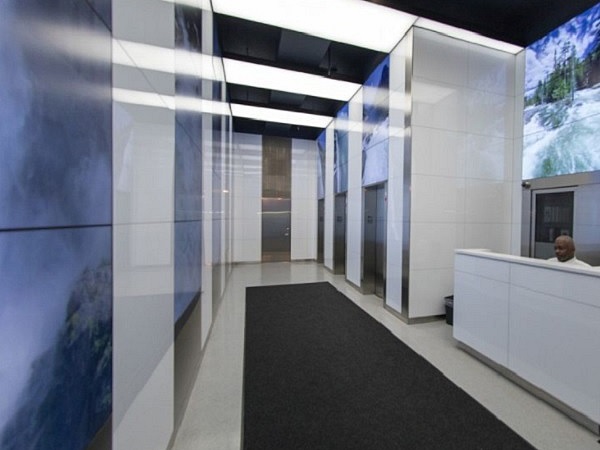Date: 6 November 2014
But how exactly does Corning achieve such extraordinary toughness? Let’s take a look how Gorilla Glass is made and how Corning innovates to develop new versions of Gorilla Glass.
MANUFACTURING STEP 1: FUSION
Corning’s proprietary fusion manufacturing process is at the core of its leadership in glass technology and the cover glass industry. This extraordinarily precise, highly automated draw process produces a thin sheet cover glass with pristine surface quality, outstanding optical clarity and inherent dimensional stability – qualities essential for cover glass for consumer applications.
The process begins when raw materials are blended into a glass composition, which is melted and conditioned. The molten glass is fed into a trough called an “isopipe,” overfilling until the glass flows evenly over both sides. It then rejoins, or fuses, at the bottom, where it is drawn down to form a continuous sheet of flat glass. The glass is untouched by human hands or anything else that will introduce flaws into the surface.
MANUFACTURING STEP 2: ION-EXCHANGE
The composition of Gorilla Glass allows for deep chemical strengthening through an ion-exchange process. During this process, large ions are “stuffed” into the glass surface, creating a state of compression. Gorilla Glass is specially designed to maximize this behavior. The glass is placed in a hot bath of molten salt at a temperature of approximately 400 degrees C. Smaller sodium ions leave the glass, and larger potassium ions from the salt bath replace them. These large ions take up more room and are pressed together when the glass cools, producing a layer of compressive stress on the surface of the glass.
.jpg)
ONGOING INNOVATION STEP 3: TESTING
At Corning’s lab in Corning, N.Y., researchers perform testing to simulate the kinds of stresses that the cover glass will endure in the field. These studies are aimed at understanding how the glass performs under various conditions. Corning researchers also analyze glass failure modes to further understand how glass performs and what causes glass to fail. We use these understandings to continue Corning’s customer focused innovation in the cover glass space.
Corning is constantly innovating to create products to meet the ever-evolving needs of its customers and of consumers. Our love of innovation drives us to keep making Gorilla Glass even better. Stay tuned for the latest Gorilla Glass updates, here.
.jpg)







Add new comment